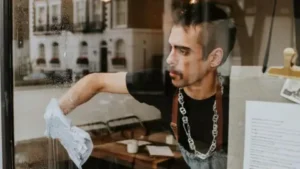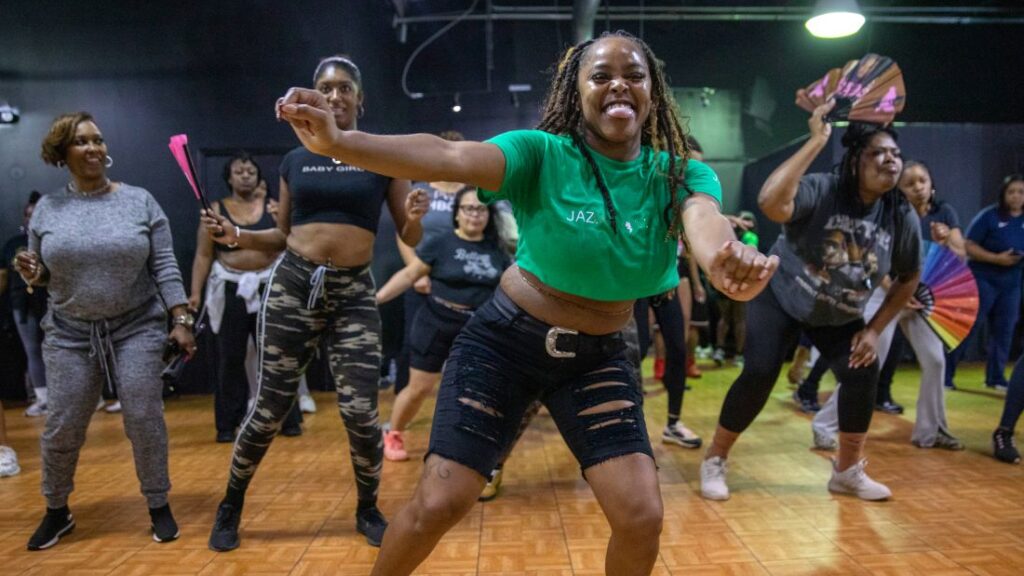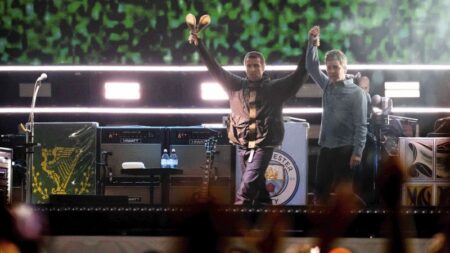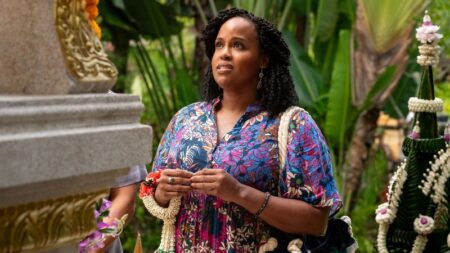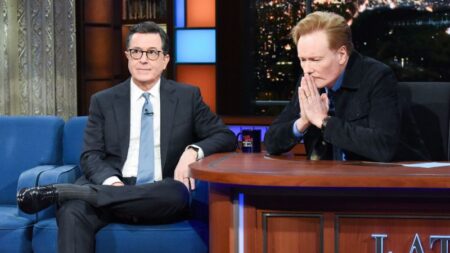On a recent Wednesday evening in Atlanta, a vibrant assembly of enthusiastic participants congregated at a dance studio, united by the rhythmic allure of line dancing. Armed with essentials such as water bottles, hand fans, and towels, students of various backgrounds arrived filled with anticipation and an eagerness to learn. Regulars exchanged warm hugs, while newcomers lingered at the edges of the group, curious and perhaps a tad apprehensive about the dynamic 90-minute class ahead of them. Athletic shoes, cowboy boots, and exuberant spirits characterized the gathering, providing an exhilarating respite from the tumultuous political landscape, economic uncertainty, and chaos permeating the outside world.
Chimere Love, an attendee, poignantly expressed her reason for participating in line dancing during such confusing times. She reflected, “There is a meme going around that portrays the resilience of Black people choosing joy amid chaos. That describes my current state. I seek fun and relief from the daily stresses of our reality.” This sentiment resonates deeply amid a climate where political divisions and the erasure of initiatives addressing diversity, equity, and inclusion foster a collective sense of despair, ironically leading many to seek joy through communal activities like line dancing.
The evolution of activism is complex in today’s society, with notable voices, including journalist Charles Blow, recognizing a shift in the way the Black community expresses solidarity and resilience. He emphasized that the movement isn’t always about protesting in traditional forms. Instead, recent gatherings appear to be a celebration of community and joy; “Fans have replaced the signs, and joy has replaced the rage,” he pointed out, highlighting the healing power inherent in shared experiences. This collective spirit, embodied by the simple act of dancing, speaks to the historical role of rhythm and movement as forms of expression concerning identity, culture, and resilience.
Cultural expert and founder of The Burton Wire, Dr. Nsenga K. Burton, further elaborated on this connection to history during her conversation with CNN. She noted that line dancing provides an opportunity for connection and collaboration, embracing the legacy of Black culture as inherently collective. Enslaved ancestors utilized music and dance as means of communication, worship, and resistance. The limbo dance, for instance, became symbolic of the restricted space aboard slave ships, showcasing the resilience of spirit through movement. According to Dr. Burton, line dancing transcends cultural divides; it fosters unity regardless of one’s background or beliefs, reminding participants of their shared humanity and the importance of communal expression.
The presence of line dancing in social events, whether weddings or family reunions, is almost a ritualistic expectation—dances like the Electric Slide or the Cha Cha Slide dominate such gatherings. Recent trends driven by social media have propelled this tradition into new realms of popularity. For instance, 803 Fresh’s viral song “Boots on the Ground” and the choreography associated with it exemplify how music and dance can resonate widely, uniting various generations in shared moments of joy.
Grammy-nominated singer Tamia shared how her song “Can’t Get Enough” gained renewed life through the line dance that emerged during the pandemic, describing the magic of collectively sharing dance moves while singing. She articulated that music has an undeniable therapeutic quality, providing a conduit for healing and connection. Jasmine King, the instructor of the line dance class in Atlanta, sees this surge in popularity as a testament to the Black community’s resilience, especially following the 2020 elections. Black women, many of whom supported Kamala Harris, seek relief in dance, expressing, “We’re still pushing through, no matter how the odds are against us.”
Participants like Raven Rasco reinforce this viewpoint, echoing the sentiment that line dancing represents a return to community-building and self-care. For Rasco, learning and dancing together fosters a space where individuals can let go of the burdens imposed by society. “We are saving ourselves and our community by doing what we need for our people,” she stated resolutely, signaling the importance of prioritizing collective wellbeing even amid external challenges.
In conclusion, line dancing in Atlanta serves not only as a joyful pastime but also as a powerful social phenomenon. It symbolizes resilience, healing, and unity, allowing people to engage with one another positively. The dance studio becomes a sanctuary where participants can momentarily set aside worries and burdens, stepping together in celebration of community and identity. As they step in unison, the world outside fades, allowing the rhythm of their movements to embody a powerful statement of solidarity and hope.


